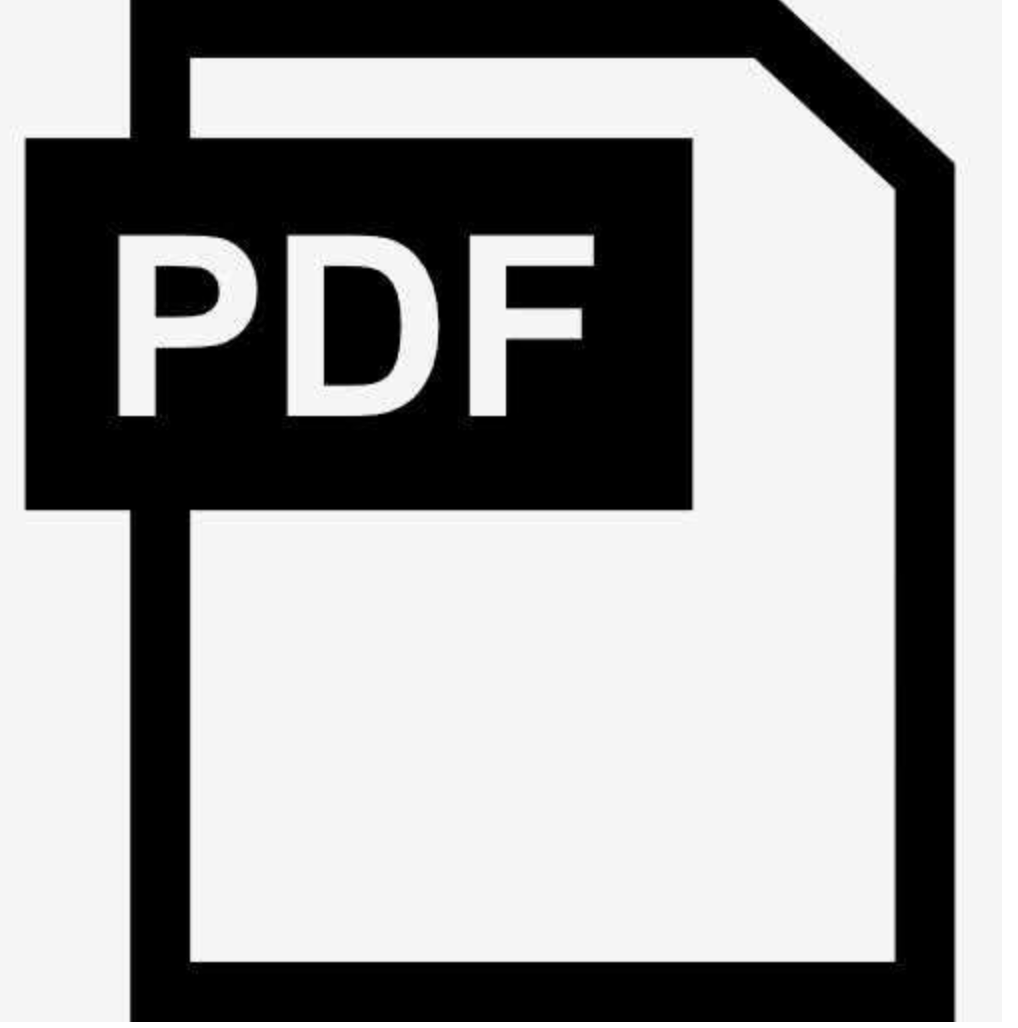Transfusion: Predict the Next Token and Diffuse Images with One Multi-Modal Model
We introduce Transfusion, a recipe for training a multi-modal model over discrete and continuous data. Transfusion combines the language modeling loss function (next token prediction) with diffusion to train a single transformer over mixed-modality sequences. We pretrain multiple Transfusion models up to 7B parameters from scratch on a mixture of text and image data, establishing scaling laws with respect to a variety of uni- and cross-modal benchmarks. Our experiments show that Transfusion scales significantly better than quantizing images and training a language model over discrete image tokens. By introducing modality-specific encoding and decoding layers, we can further improve the performance of Transfusion models, and even compress each image to just 16 patches. We further demonstrate that scaling our Transfusion recipe to 7B parameters and 2T multi-modal tokens produces a model that can generate images and text on a par with similar scale diffusion models and language models, reaping the benefits of both worlds.
Consistency models (CMs) are a powerful class of diffusion-based generative models optimized for fast sampling. Most existing CMs are trained using discretized timesteps, which introduce additional hyperparameters and are prone to discretization errors. While continuous-time formulations can mitigate these issues, their success has been limited by training instability. To address this, we propose a simplified theoretical framework that unifies previous parameterizations of diffusion models and CMs, identifying the root causes of instability. Based on this analysis, we introduce key improvements in diffusion process parameterization, network architecture, and training objectives. These changes enable us to train continuous-time CMs at an unprecedented scale, reaching 1.5B parameters on ImageNet 512×512. Our proposed training algorithm, using only two sampling steps, achieves FID scores of 2.06 on CIFAR-10, 1.48 on ImageNet 64×64, and 1.88 on ImageNet 512×512, narrowing the gap in FID scores with the best existing diffusion models to within 10%.


